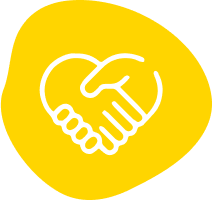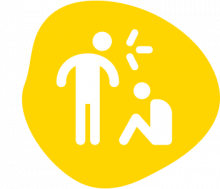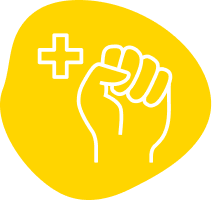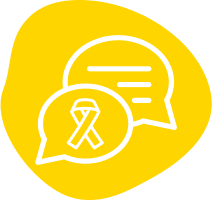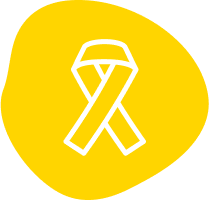“The mere fact that we are taking medications is enough to affect our learning – the side effects, the pill burden and more.”– Participant in the Positive Learning youth consultations (Eastern and Southern Africa).
Major advances in HIV prevention and treatment have transformed the landscape for adolescents and young people living with and affected by HIV – though their access to these advances remains challenging in many settings. Perhaps the biggest global ‘game-changer’ for people living with HIV in recent years has been the unequivocal confirmation through rigorous scientific studies that being on effective antiretroviral treatment (ART) with an undetectable viral load means HIV cannot be passed on to sexual partners. While originally referred to as ‘treatment as prevention,’ it has been more widely publicised by affected communities through the campaigning slogan ‘U=U’: undetectable equals untransmittable.
Improved paediatric formulations and a wider range of treatment options, including the prospect of long-acting injectables that can aid adherence, are also notable developments. Likewise, the increased availability of self-testing, new pre-exposure prophylaxis (PrEP) options such as the recently approved dapivirine ring, and the growth of differentiated service delivery to meet the specific needs and priorities of different groups all have the potential for significant impact on the lives of learners living with and affected by HIV. However, access to these technologies is not always a reality for adolescents and young people, whether due to parental consent barriers or to normative social, legal or market contexts which do not encourage or allow them to be supplied.
Despite these advances, the latest available data reveal that huge challenges remain for children, adolescents and young people. Globally, the world has failed to diagnose and start treatment for almost half the children living with HIV; only 950,000 children aged 0–14 years (53%) were receiving antiretroviral therapy as of December 2019. Delayed HIV diagnosis and treatment can have major impacts on their cognitive development and educational performance. In 2020 there were an estimated 1.7 million adolescents living with HIV globally, and approximately 150,000 new HIV infections among adolescents aged 10–19 years. There are around 3.3 million young people aged 15–24 living with HIV, and approximately 28% of all new infections occur among young people.
The shift from paediatric or adolescent care to adult care can be a complex transition for young people where they risk being left behind, especially in lower resource settings. This is a time when their adherence – their willingness and ability to continue taking treatment as prescribed – can falter. In parallel, learners living with HIV may also be making the transition from primary to secondary, or secondary to tertiary education (including technical and vocational institutions). If there are periods when the learner may technically be a student of no institution, support networks based in education settings may collapse.
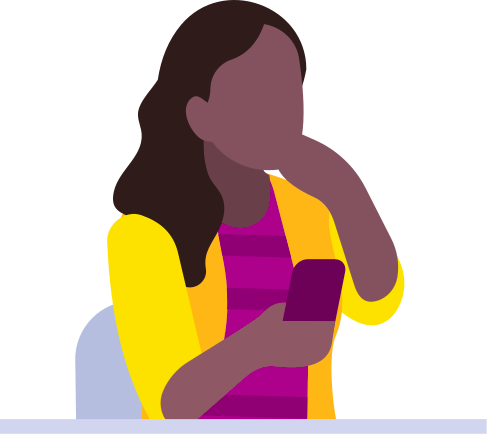

Recommendations
4.1Identify focal person(s) in each school (ideally more than one trusted adult, so that learners have a choice) who can provide HIV-specific support, including adherence support. Linkages with peer-led and community-led support groups, such as teen clubs and buddy programmes, are also important.
4.2Put in place a system that allows learners living with HIV, as well as learners with other specific health needs, to take medications according to their treatment schedule, in a private and safe space that accords dignity and confidentiality, without having to share information about their status or condition.
4.3Engage with learners and their parents/caregivers and healthcare professionals to develop a specific plan for their treatment needs, recognising that parent/caregiver sensitisation and engagement are important to achieve effectiveness, while ensuring that they are not positioned as gatekeepers to consent.
4.4Facilitate access to treatment and care services, including mental health support, by making formal linkages with and active referrals to youth-friendly and peer-led service providers.
4.5Enable learners to attend medical care without having to share information about their HIV status, and support them to catch up when they have missed classes.
4.6Work with learners living with HIV and, if they consent, engage their parents/caregivers, to develop a plan for an effective and efficient transition from paediatric to adolescent care or from adolescent to adult care as appropriate.
